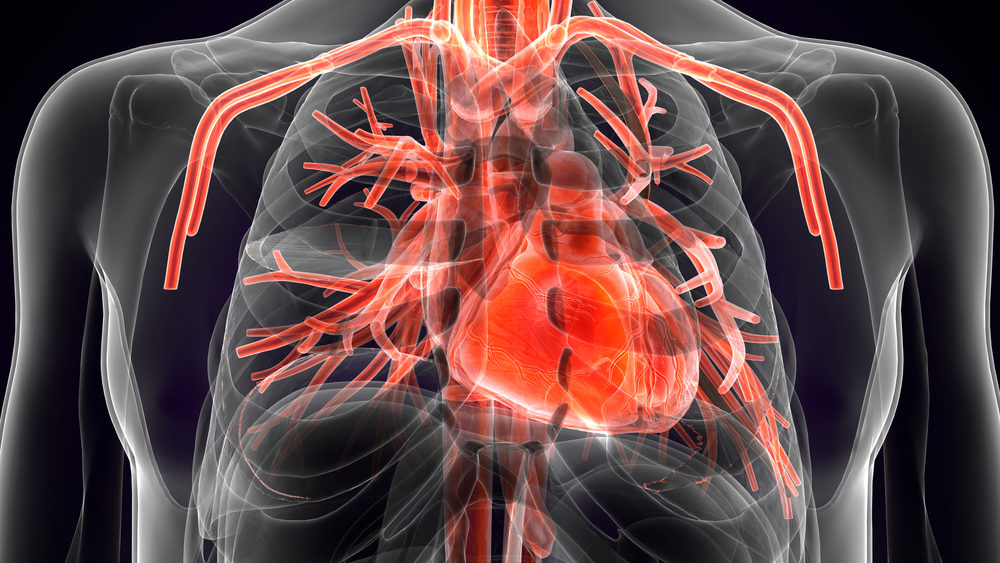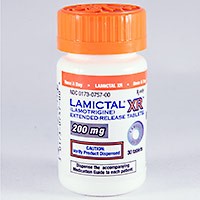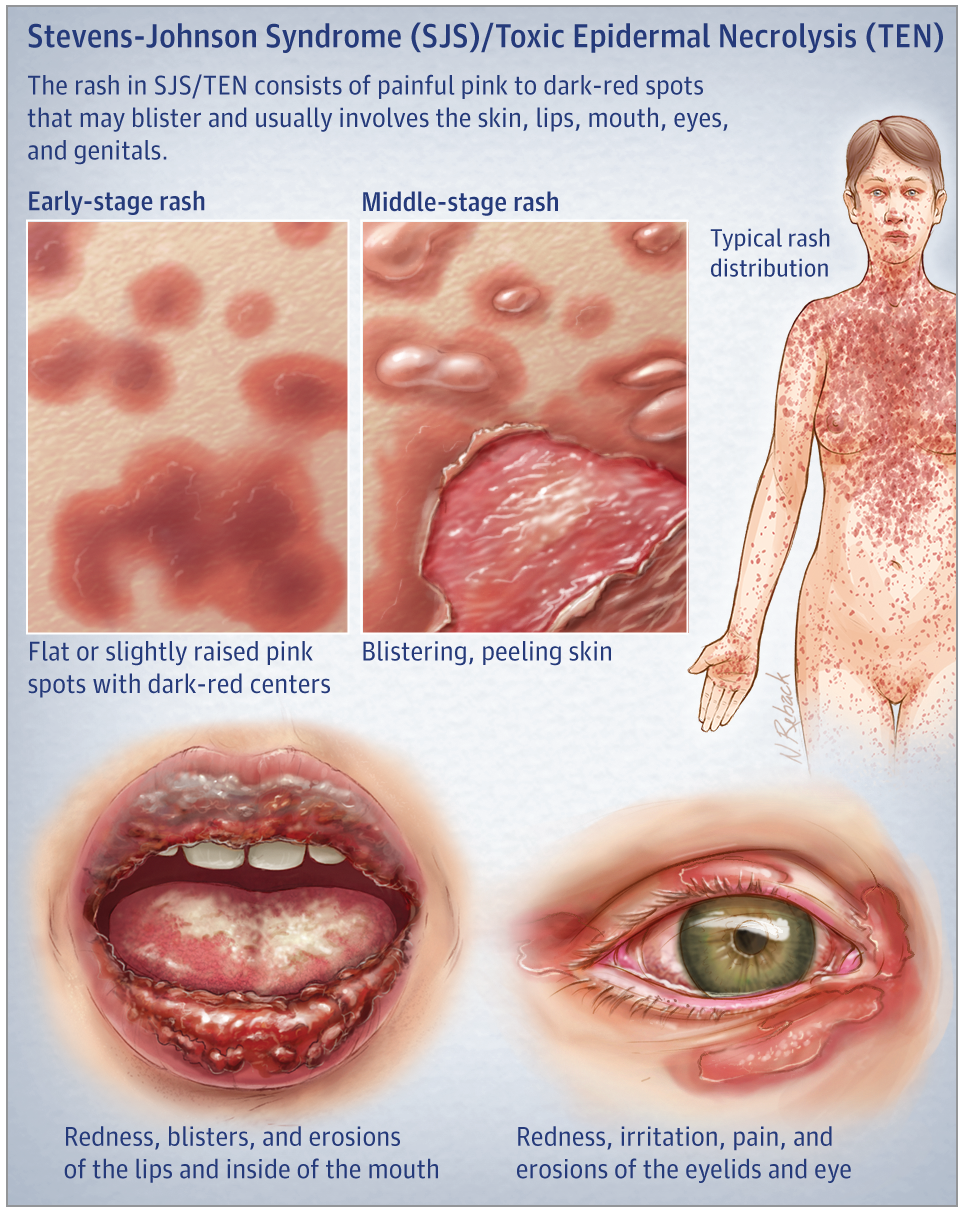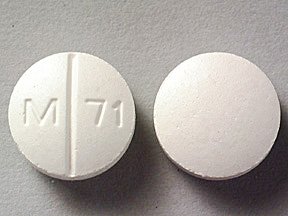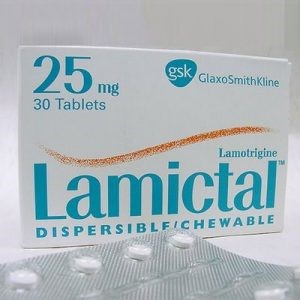Stevens-Johnson Syndrome (SJS) is a life threatening allergic reaction typically caused by over-the-counter and prescription drugs. Although it is an uncommon disorder, the consequences can be severe.
What is SJS?
Victims of SJS and its more advanced counterpart Toxic Epidermal Necrolysis (TEN), also known as Lyell’s syndrome, suffer from a variety of symptoms. Usually starting like the flu, SJS can progress into painful skin lesions and blisters in a matter of days. Severe skin and organ damage, blindness and even death can result.
Christopher’s Experience with SJS and TEN
Several years ago the life of Christopher Trejo was changed when he was simply seeking relief from minor pain. After taking Motrin (ibuprofen) for aches from soccer practice, he began getting blisters and his mouth filled with blood. His skin completely came off – in sheets – and he went temporarily blind. He was hospitalized and his condition reclassified from SJS to the more serious TEN.
Now, Christopher is able to work but has been disfigured as a result of the disease. He lacks the ability to taste and smell, due to the effect of the disease on mucus membranes in his nose and mouth. He has difficulty performing basic bodily functions.
Earlier this month, Christopher’s lawsuit against Johnson & Johnson, McNeil Consumer Healthcare and McKesson Corp., began in California. Johnson & Johnson own the patent for Motrin (ibuprofen), while McNeil produces and McKesson distributes it. The lawsuit alleges that the packaging said nothing about Stevens-Johnson syndrome or Lyell’s syndrome, even though the manufacturer had been aware their product could cause this reaction. A warning about SJS has since been added to the package.
Not all cases are as severe or as damaging as Christopher’s, but anyone who develops its early symptoms is at risk of a similar outcome if they don’t get emergency treatment. Patients will be treated in a similar fashion to burn victims, but it is difficult to “return to normal” after contracting SJS.
Contact Us
If you or a loved one has been diagnosed with SJS or TEN, you may be entitled to compensation. Contact our experienced attorneys today for a free consultation. We will listen to your story and help you determine the best course of action for your case.
Other Stevens-Johnson Syndrome News
A study has found that survivors of Stevens-Johnson syndrome (SJS) have a higher risk of cardiovascular problems, specifically cerebrovascular accidents and ischemic heart disease, compared to the general population.
Medical negligence may contribute to Stevens-Johnson Syndrome (SJS) or Toxic Epidermal Necrolysis (TEN). Learn how drug errors, misdiagnosis, or lack of warnings could support a legal claim.
Lamictal has been linked to Stevens-Johnson Syndrome (SJS), a life-threatening skin reaction. Learn how improper prescribing or dosing may lead to serious injuries and legal action.
If you've been diagnosed with Stevens-Johnson Syndrome or Toxic Epidermal Necrolysis, it’s critical to act quickly and consult an experienced attorney to protect your legal rights and potential claim.
Allopurinol, a common gout medication, has been linked to Stevens-Johnson Syndrome—a rare but serious skin reaction that may require hospitalization and lead to long-term complications.
Improperly prescribed Allopurinol and Lamictal are leading causes of SJS/TEN. Learn how medical errors may have contributed to your injury—and why early legal action is essential.

